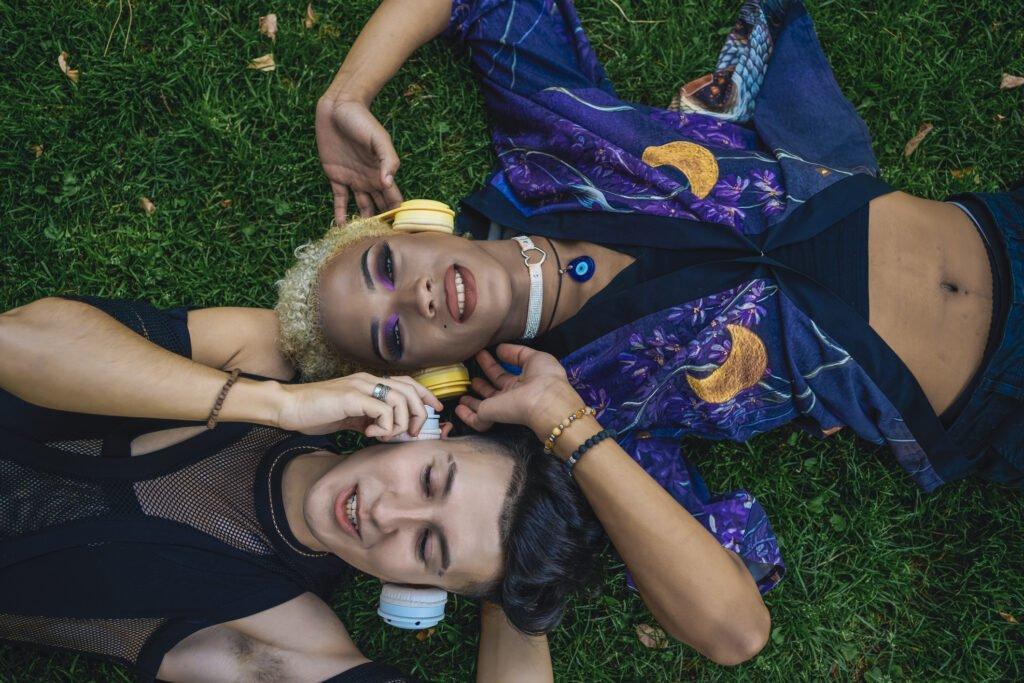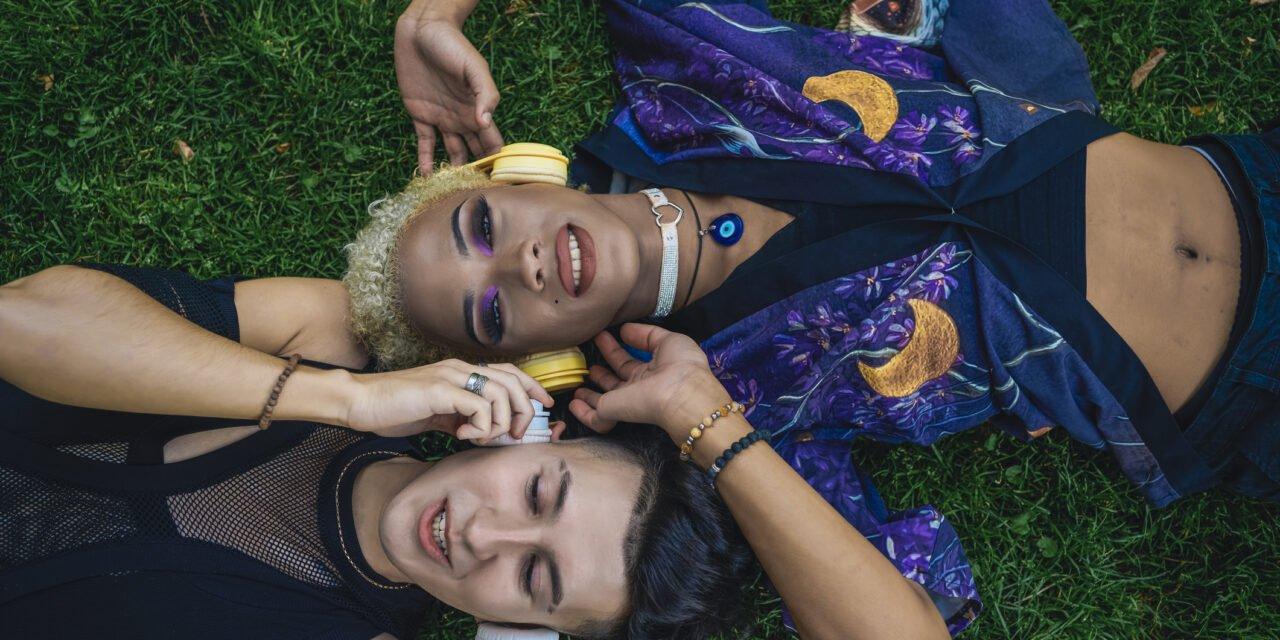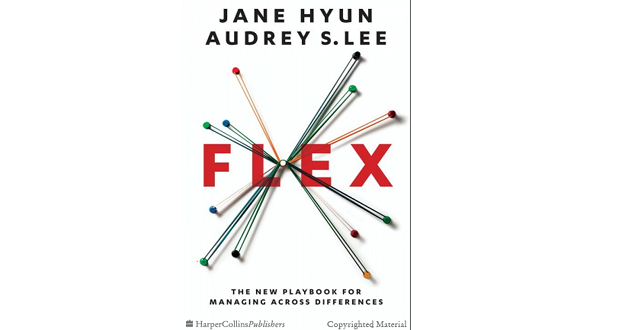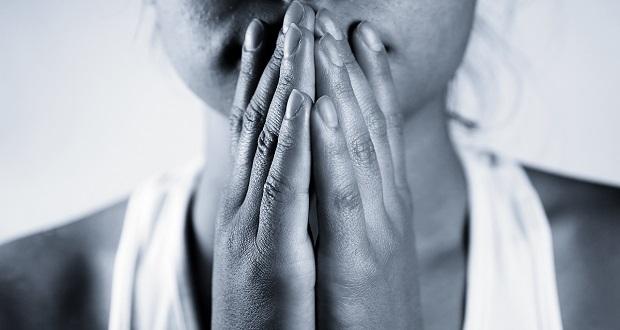
As if gender and sexuality weren’t complicated enough, the issues around them become even more complex when you consider all the diverse communities that have aligned themselves in what is often called the “alphabet soup” of the queer community. What was once called simply “gays and lesbians” morphed into “GLB” (for gay, lesbian, and bisexual) and soon after became “LGBT” (to include transgender people). The letters, along with the new identities they signify, just keep coming. Often, when I’m discussing gender and sexuality with a friendly audience, I’ll rattle off the acronym “2SLGBTQQIAA+” just to get a response … and will then proceed to break down the whole thing.
What’s the Best, Most Inclusive Acronym to Use?
Depending on the culture you’re working within, I would generally suggest that “LGBTQ” or “LGBT+” are perfectly acceptable. L stands for lesbian, or women who are sexually, aesthetically, and/or romantically attracted to other women. G stands for gay, or men who are sexually, aesthetically, and/or romantically attracted to other men. The B is for bisexual, which typically means those who are attracted to either men or women. However, some who identify as bisexual, like author and activist Fiona Davis prefer to think of the “bi-” prefix differently. She says that as a bisexual, she is attracted to both people who are the same gender and people who are a different gender, which would include people who identify as nonbinary (or anything other than “woman” or “man”). The T is for transgender, or those with a gender identity different than the gender they were assigned at birth.
The Q in “LGBTQ” stands for queer. Queer is a word that entered the English language by the early 16th century. In those days, the word simply meant strange, odd, or peculiar. However, by the late 19th century, it was being used colloquially (and derisively) to refer to gay men. Many LGBT people today first heard the term as a slur, although it has certainly been reclaimed in recent decades. Today, it can be used as an umbrella term for anyone who is not cisgender or heterosexual. Because of this, many organizations and communities will forgo the use of the acronym altogether and use “queer” in its stead. However, there are also many who identify as LGBTQ who remain uncomfortable with a word that was (and can be still) used to bully those in their community and would prefer not to use “queer.” For those people, “LGBT+” might be a safer option. The plus sign simply suggests that a speaker or organization is thinking about the additional communities aligned with lesbian, gay, bisexual, and transgender people who might not feel represented by those four words.
2SLGBTQQIAA+? Really?
Yes, really. We already know what “LGBTQ” means, so let’s break down some of the other terms.
The 2S refers to two-spirit, which is an identity marker used by some Indigenous communities in North America. Because these cultures have a very different (and many would suggest far more inclusive) mindset when it comes to defining sexual orientation and gender identity than those that originate in Europe, many Native Americans had difficulty resonating with terms like “gay” or “transgender.” Two-spirit describes someone who contains both masculine and feminine spirits. Some tribes define two-spirit as a third gender and place two-spirit people in ceremonial roles. Including the two-spirit community is especially important for those who work (or hope to work) with Indigenous communities and want to do so respectfully.
The second Q stands for questioning. Because most people are assumed to be cisgender and heterosexual at birth, acknowledging a queer identity often comes after a period of soul-searching and self-reflection. Although people come out throughout their lives, including those who are questioning can be particularly useful in educational settings or for any organization who interacts with youth.
The I is for intersex, or people who are born with primary sex characteristics (genitalia) or less visible secondary sex characteristics (including chromosome patterns) that are not exclusively male or female. It is estimated that 1.7% of all human beings are intersex in some way. This doesn’t sound like much, but it’s greater than the estimated number of people born with red hair. You may not think you know anyone who is intersex, although you surely do. When biological sex variations are visible at birth, infants often undergo surgery to better resemble a binary sex option. However, many medical professionals today believe that these surgeries are not medically necessary and could be quite harmful, both physically and psychologically. Because intersex refers specifically to sex (biological attributes ranging from male to female) as opposed to gender (socially constructed roles on a continuum ranging from man to woman), it is important to include intersex people in health care settings, where these anatomical variations might have more importance.
The first A in the long acronym stands for asexual. People who identify as asexual or “ace” might have little to no sexual attraction to anyone, regardless of gender. Also aligned with this community are aromantic people, who experience a low or absent desire for romantic activity, preferring to engage in platonic relationships. It is possible to be both asexual and aromantic, just one, or neither.
The second A sometimes also stands for allies, or those cisgender and heterosexual people who support equity, inclusion, and justice for queer people. Because most queer people are not from exclusively queer families, many have supportive family members and/or valued “families of choice” that might include supportive straight and cisgender allies. Including allies in the larger community is typically not encouraged if you are speaking specifically about people who experience direct harm due to homophobia or transphobia. However, it can be useful to make space for allies if announcing, for example, a social event where allies are encouraged to attend.
Finally, the plus sign is still necessary, even with a long acronym like this one, to include people who prefer terms like nonbinary, agender, pansexual, omnisexual, demisexual, or polysexual. Because of the evolving nature of language and how our understanding of queer people continues to progress, new vocabularies emerge all the time. They can be confusing and little overwhelming, but it can be helpful to remember a few things:
First, you don’t have to understand everything about someone to respect them. Second, it’s okay to be curious and learn new things. If you forgive yourself for not knowing everything and instead choose to take delight in new knowledge, the journey is a lot less arduous and a lot more fun.



















